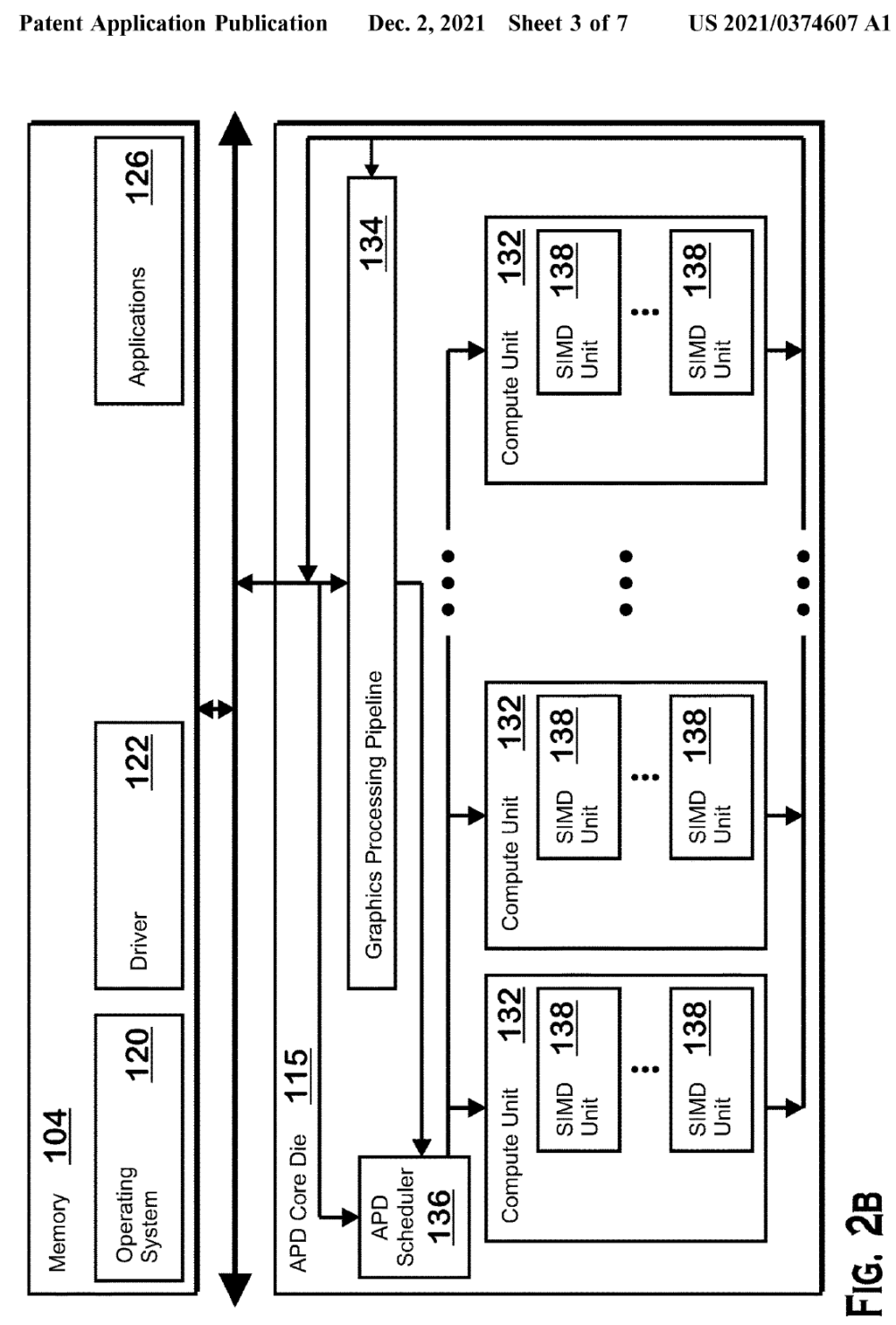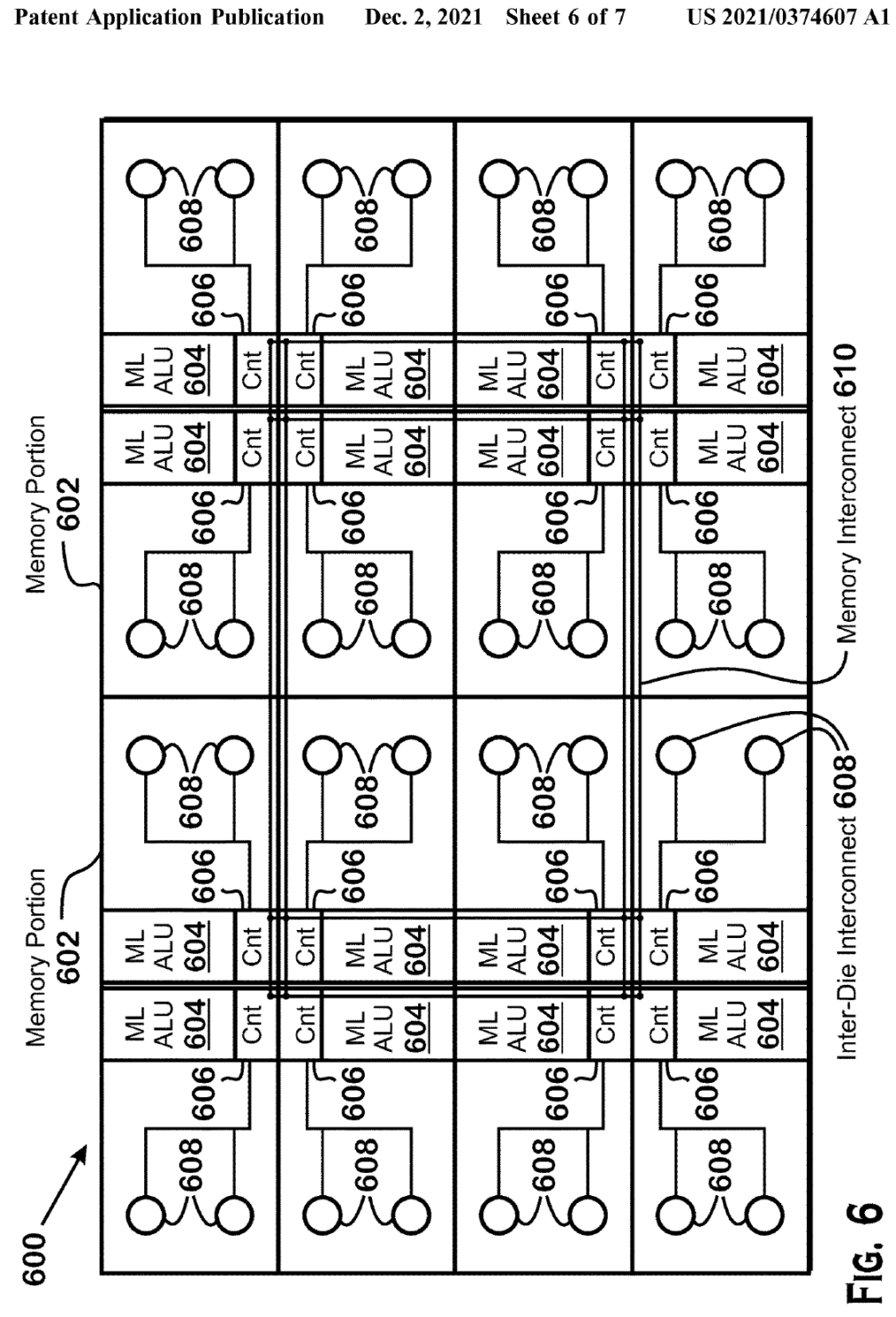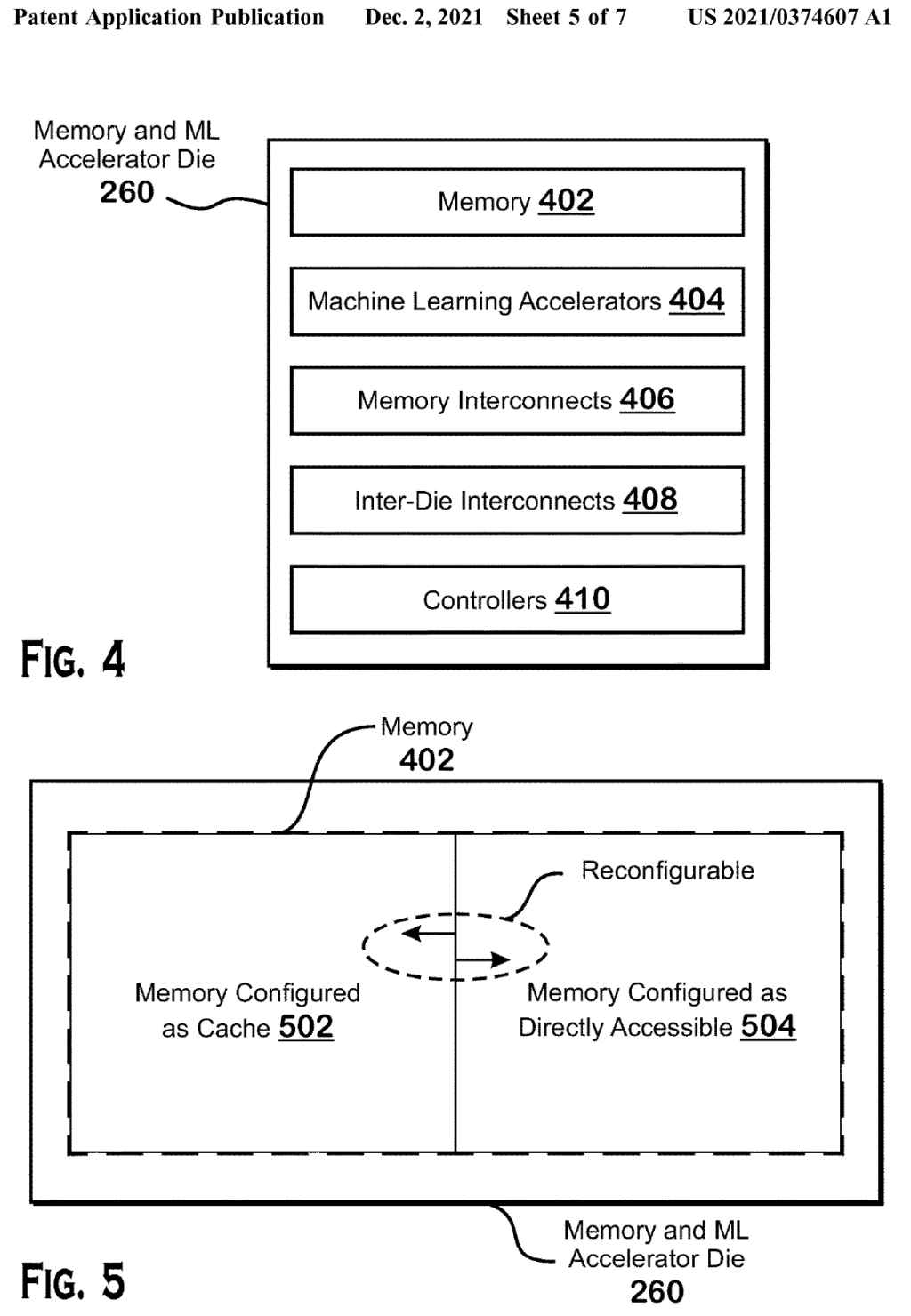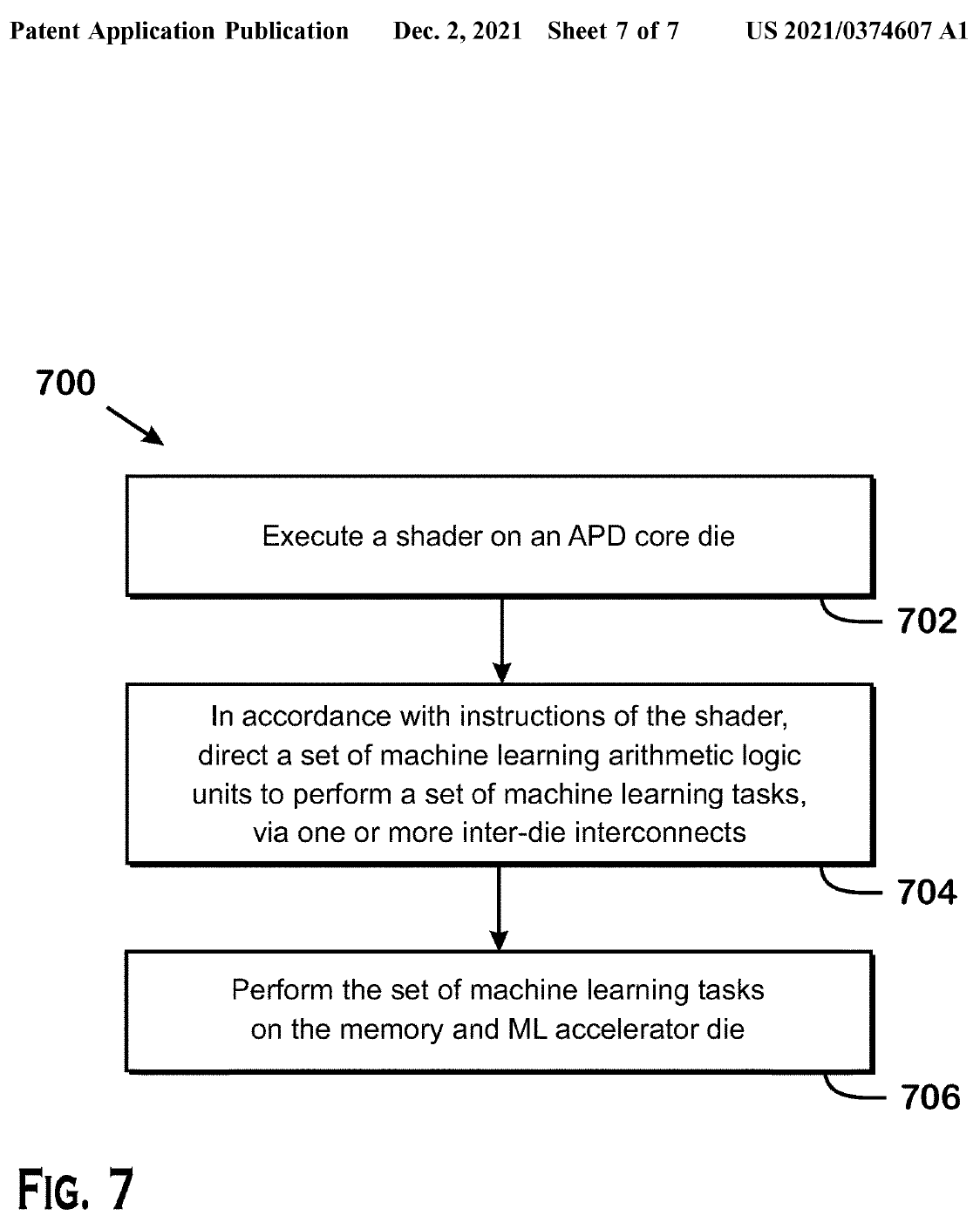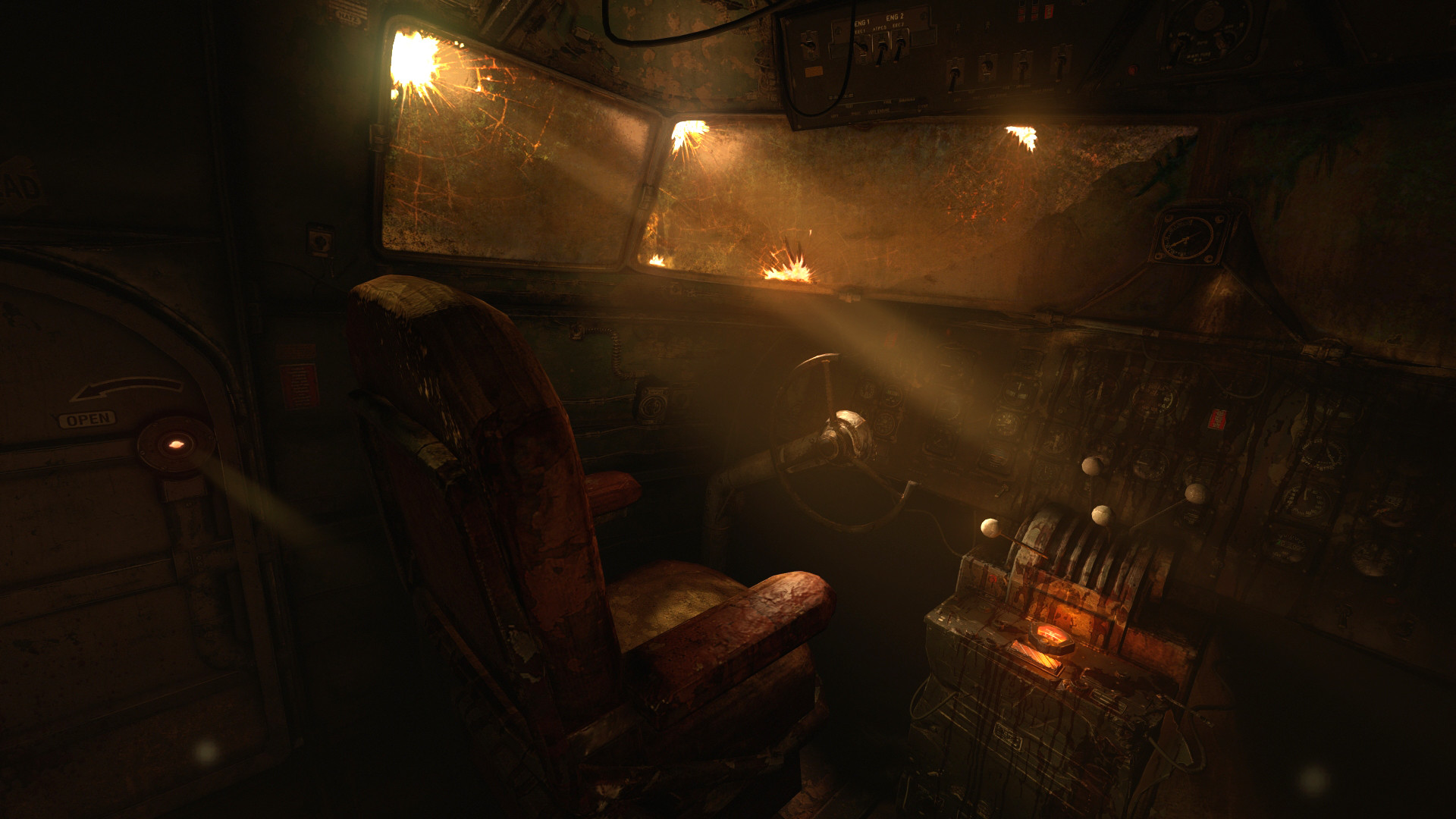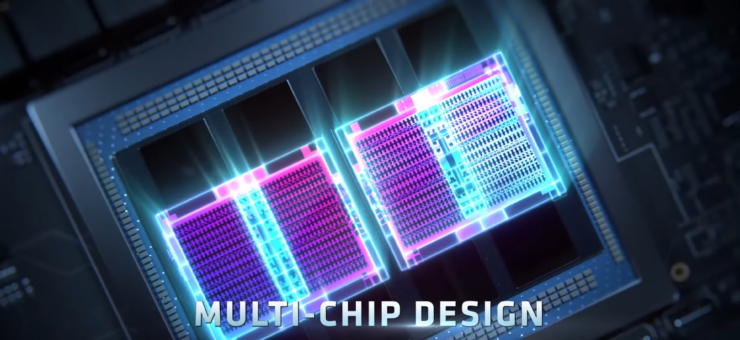
AMD’s next-generation RDNA GPUs are getting more technically advanced each iteration and MCM technology is just the start. In a patent published by AMD, the chip maker discusses the addition of a stacked accelerator die on board next-gen GPUs, as discovered by Coreteks.
AMD’s Next-Gen RDNA GPUs Could Feature Stacked Accelerator Die On The Primary GPU With Machine Learning Capabilities
AMD’s MCM solution for GPUs is already using bleeding-edge technology & there are also rumors of next-gen RDNA GPUs featuring 3D Infinity Cache technology in a chiplet-based architecture. The latest rumor is that another technology might be coming to next-gen RDNA GPUs and that is APD or Accelerated Processor Die. Think of it as a die integrated within the main GPU (possibly a stack chiplet), designed to execute machine learning tasks.
In the two diagrams posted within the patents, it is stated that the APD die is both a memory and machine learning accelerator die which includes memory, machine learning accelerators, memory interconnects, inter-die interconnects, and controllers. The memory within the APD die can be used as both, a cache for the APD core die or can be utilized directly by the operations performed on the machine learning accelerators such as Matrix Multiplication operations.
Once a request is made to execute a shader task on the APD core die, the unit directs a set of machine learning arithmetic logic units to perform a set of machine learning tasks via one or more inter-die interconnects. These specialized AI/ML cores could be AMD’s answer to NVIDIA’s Tensor cores which power their DLSS suite on the gaming side and also assist on the HPC front for DNN & Machine Learning tasks. Such specialized cores will be the main component of next-gen GPUs such as RDNA 3 and beyond as company’s tap in more performance by offloading certain tasks to these GPU-assisting accelerators.
AMD Stacked Dies For Machine Learning Accelerators Patent Figures:
With that said, patents such as these don’t come to fruition all of a sudden. This one was published on 2nd December and AMD is already rumored to have taped out its flagship RDNA 3 GPU. It could be entirely possible that if APD ends up being a stacked chiplet, it could easily be integrated later on when RDNA 3 is mass-produced, or otherwise, we may see it end up with RDNA 4 or something entirely else. It’s definitely one interesting technology that we would like to see integrated on our gaming GPUs if its going to help boost performance.
The post Next-Gen AMD RDNA Gaming GPUs Could Include A Stacked Accelerator Die On The Primary GPU With Machine Learning Capabilities by Hassan Mujtaba appeared first on Wccftech.
